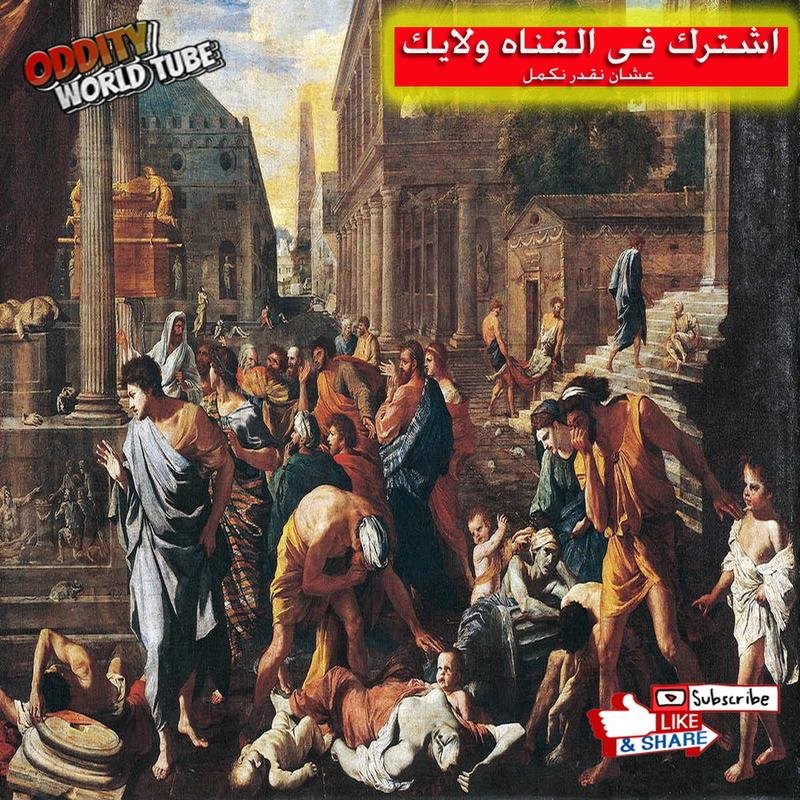The Demise of Civilizations: Epidemics and Societal Collapse

Epidemics & Civilization Collapse: History’s Lessons
Historical records reveal a chilling truth: the collapse of some civilizations wasn’t solely due to military conflict, but to catastrophic epidemics. These outbreaks decimated populations, crippling infrastructure and ultimately contributing to societal breakdown.
The Antonine Plague: A Blow to the Roman Empire
The Antonine Plague, striking the Roman Empire around 165 CE, is believed to have been smallpox. Estimates suggest five million fatalities—a staggering loss that severely weakened the empire’s military and trade networks. This devastating blow undeniably contributed to Rome’s eventual decline.
The Plague of Justinian: A Global Catastrophe
Beginning in 541 CE, the Plague of Justinian ravaged populations across the Mediterranean. Historians estimate nearly 25 million deaths—a colossal 13% of the global population at the time. This massive workforce reduction had a profound and lasting impact on the Eastern Roman Empire and beyond.
Long-Term Impacts
The long-term consequences of these epidemics extended far beyond immediate mortality. The disruption of trade, agriculture, and governance created instability, paving the way for further societal decline and political upheaval. These historical events serve as stark reminders of the devastating potential of infectious diseases.
Conclusion
The Antonine Plague and the Plague of Justinian stand as grim testaments to the fragility of civilizations in the face of widespread disease. Studying these historical pandemics offers crucial insights into the complex interplay between disease, population dynamics, and societal collapse, providing valuable lessons for the present and future.







